Bedford Avenue Entrances to Reopen at the Nostrand A/C, Elevators Coming Too
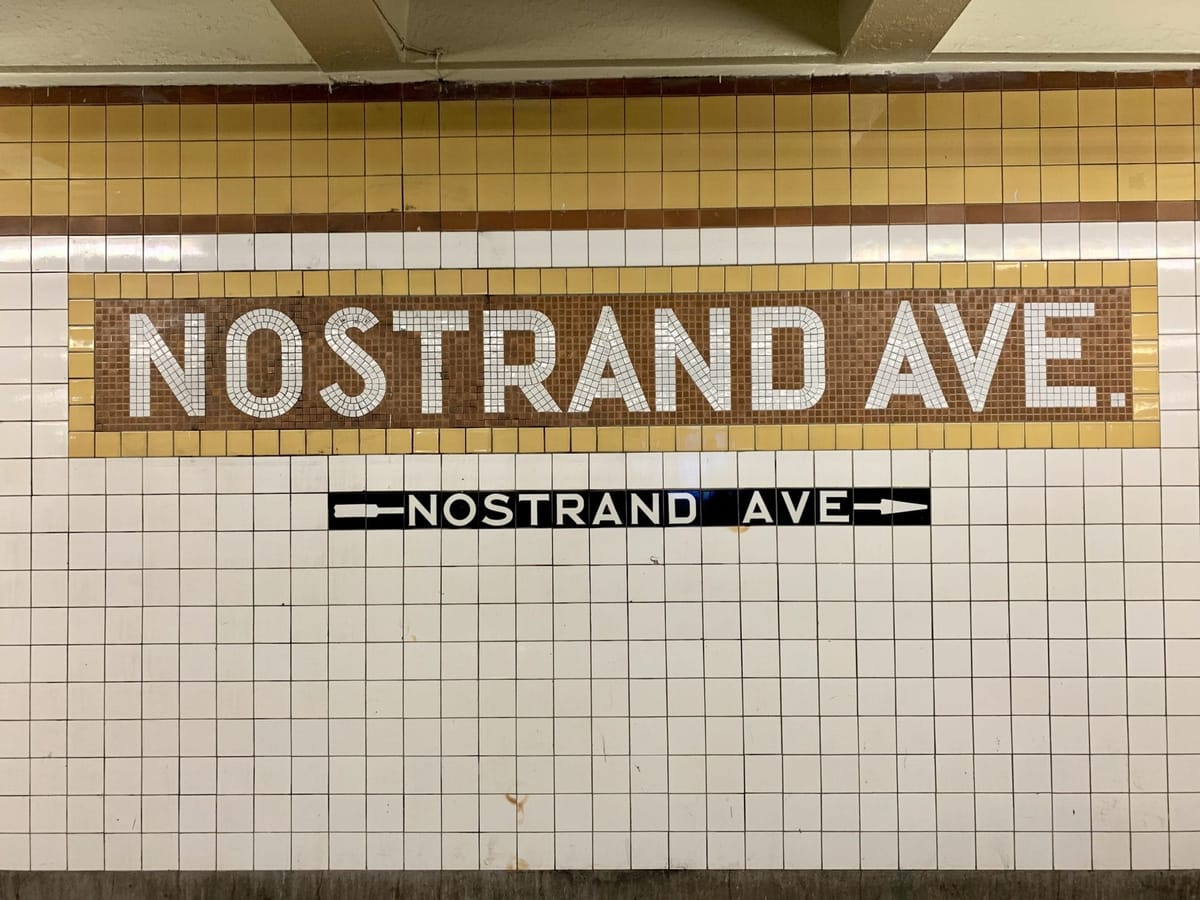
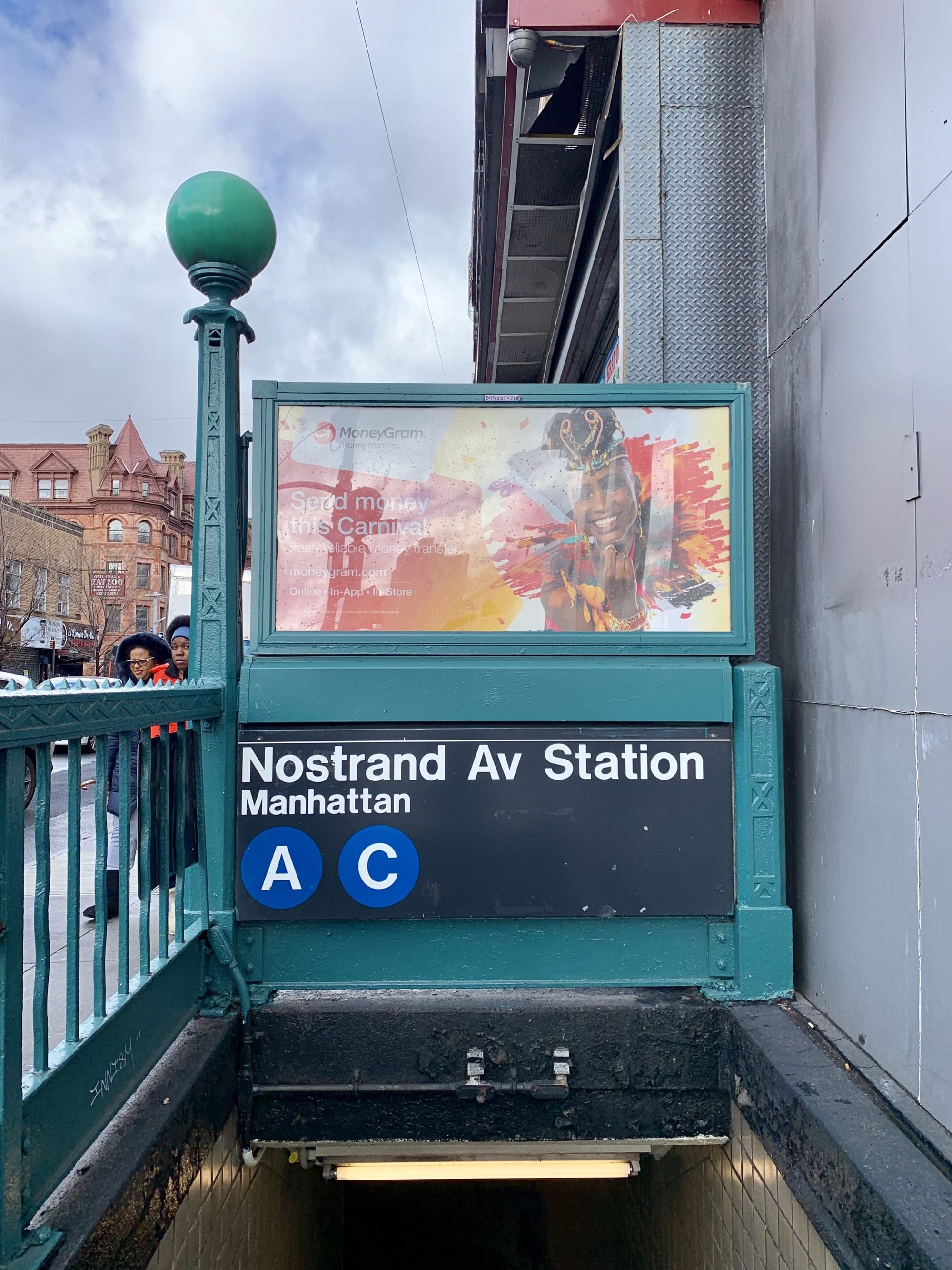
Work has begun to reopen the Bedford Avenue entrances to the Nostrand Av A/C subway station that were closed some 30 years ago in response to high crime, MTA informed us yesterday. The station is also slated to receive elevators as part of the 2020-24 MTA capital plan to make it accessible.
This is not the first time the community has had to fight for the entrances to be reopened.
The Bedford Avenue entrances were opened for rush-hour commuters in 1950s, to ease overcrowding and provide easy access to Bedford Avenue. The community had advocated for over a decade to open the entrances that were constructed yet boarded up since the station was completed in 1936, papers reported at the time. By 1981, MTA listed the station as one of the most deteriorated in the system, the entrances were closed again soon after, and the passageway was closed as one of 15 across the city to following a horrific rape in 1991 at a Manhattan station.
Beverly Dolinsky, then director of the M.T.A.’s Permanent Citizens Advisory Council, an advocacy group representing subway and bus riders, told The New York Times in March of 1991 that the move would help increase the sense of safety.
“Although it may be inconvenient for some people to walk the long way around,” Ms. Dolinsky said, “I think most riders won’t mind because of the increased feeling of safety.”
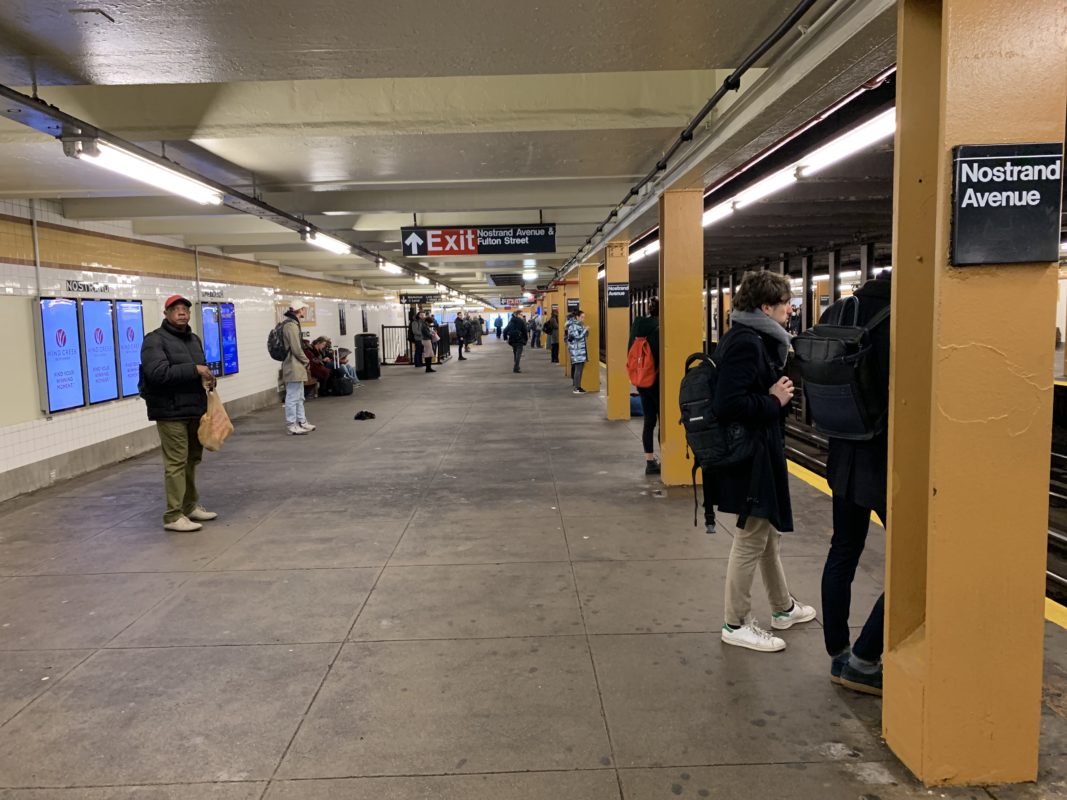
Ebony, who has been using the station since she was in high school decades ago but did not wish to be photographed, remembers when the old Nostrand Avenue Station entrance on Bedford Avenue was still open. It was “awful,” she said. She remembers the old passageway which once connected the Fulton Street entrance with the Bedford Avenue entrance the MTA plans to reopen. It was a regular hangout for the homeless community, she said.
“You’re raised here — you’re taught not to go in that way,” even though it was more convenient for her and her family at the time. It felt “sketchy,” and “dark,” she said.
The current entrance on Fulton Street is also “awful,” Ebony said, but mostly because of how crowded it gets during rush hour. “You wait in lines to get in.” Another entrance would help a bit, she said.
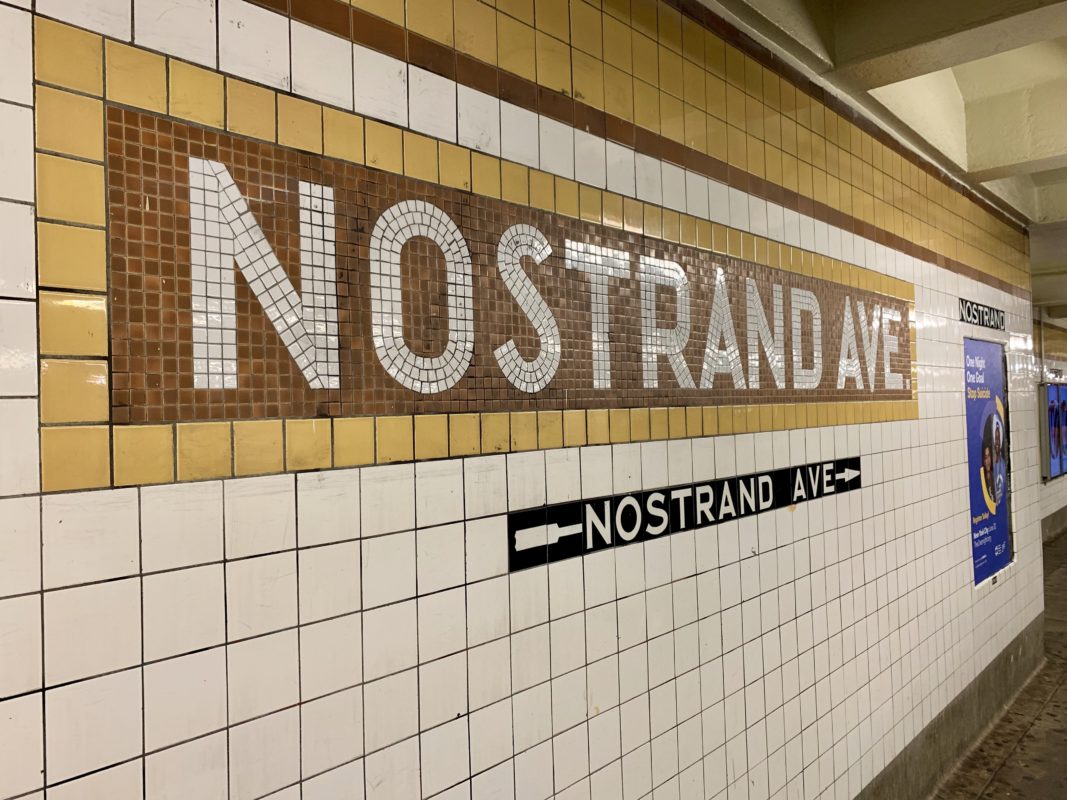
These days, the focus is on access.
The Nostrand Av AC station is fairly busy station, serving at least 17,500 customers daily (that’s counting just those entering and leaving through the turnstiles), a number that has grown 15% over the last 10 years, MTA says, making it the 79th busiest station in the subway system, and 10th busiest in Brooklyn.
Hannah, a young mom who was passing through the station with her baby in a sling, said that she’s commuted through Nostrand Avenue Station for six and a half years.
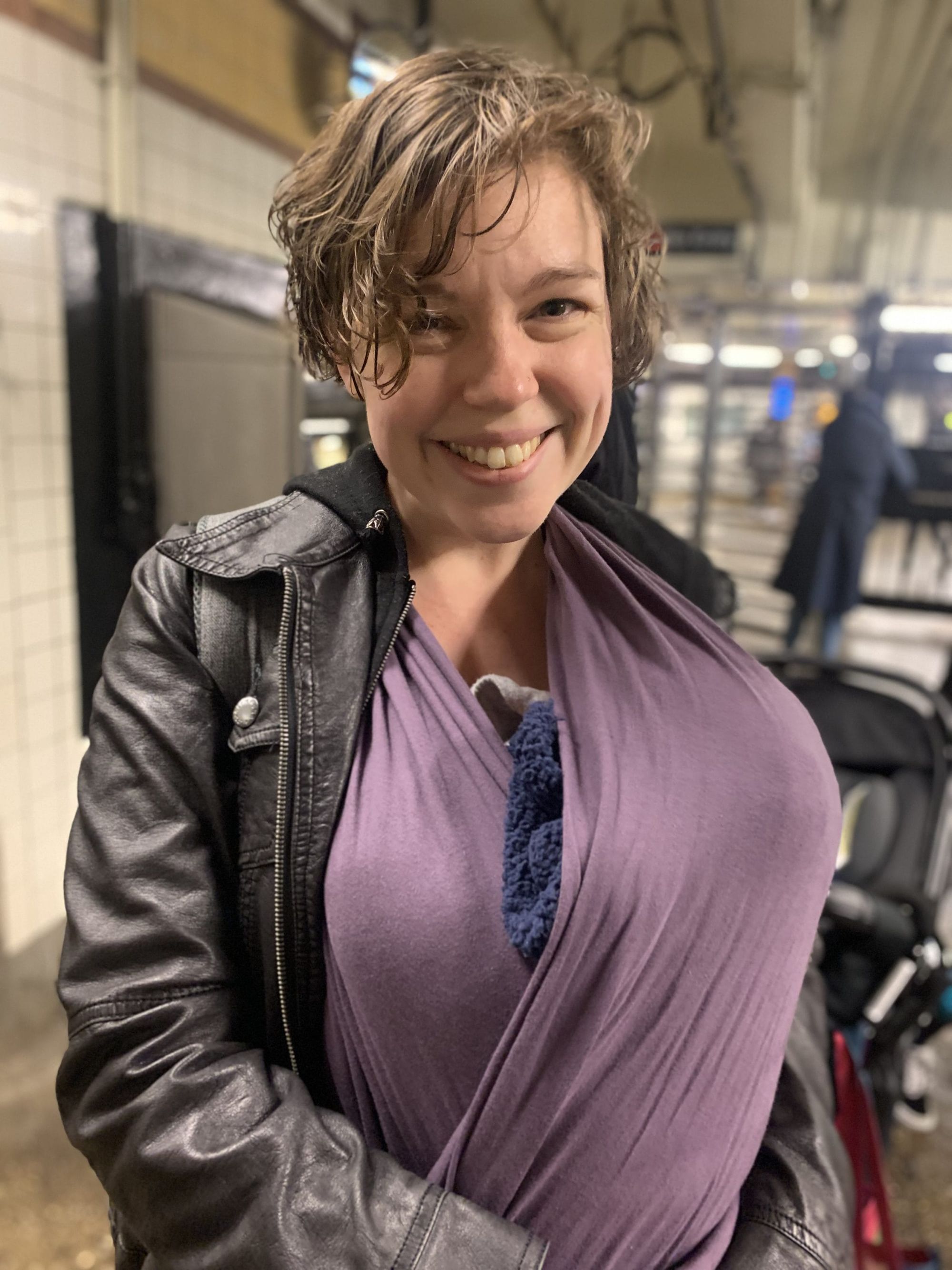
“It’s a complete nightmare” during rush hour, she said. “There’ve been days where you’re just packed in like sardines, just waiting on the platform, and like three or four trains have to go through by the time you actually manage to get on.” A new entrance might help spread out the areas where people congregate, she said — if people are rushing to get a train, they typically won’t walk to the end of the platform, leading to the packed platforms and cars.
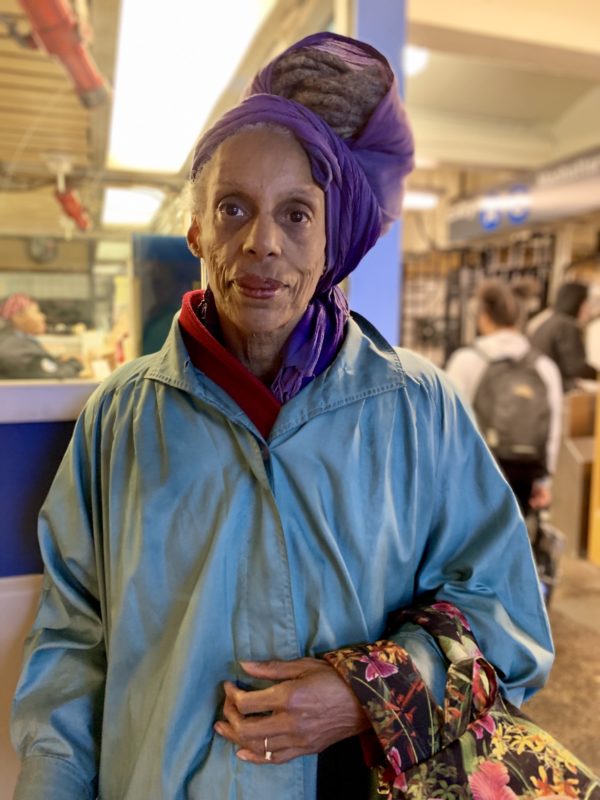
Cheryl has used the station for around 18 years, and has noticed the crowding problem — extra entrances would help, in her opinion. Nathaniel, another commuter, also mentioned that the stations get crowded. “But, I guess you have to expect that,” he said, laughing.
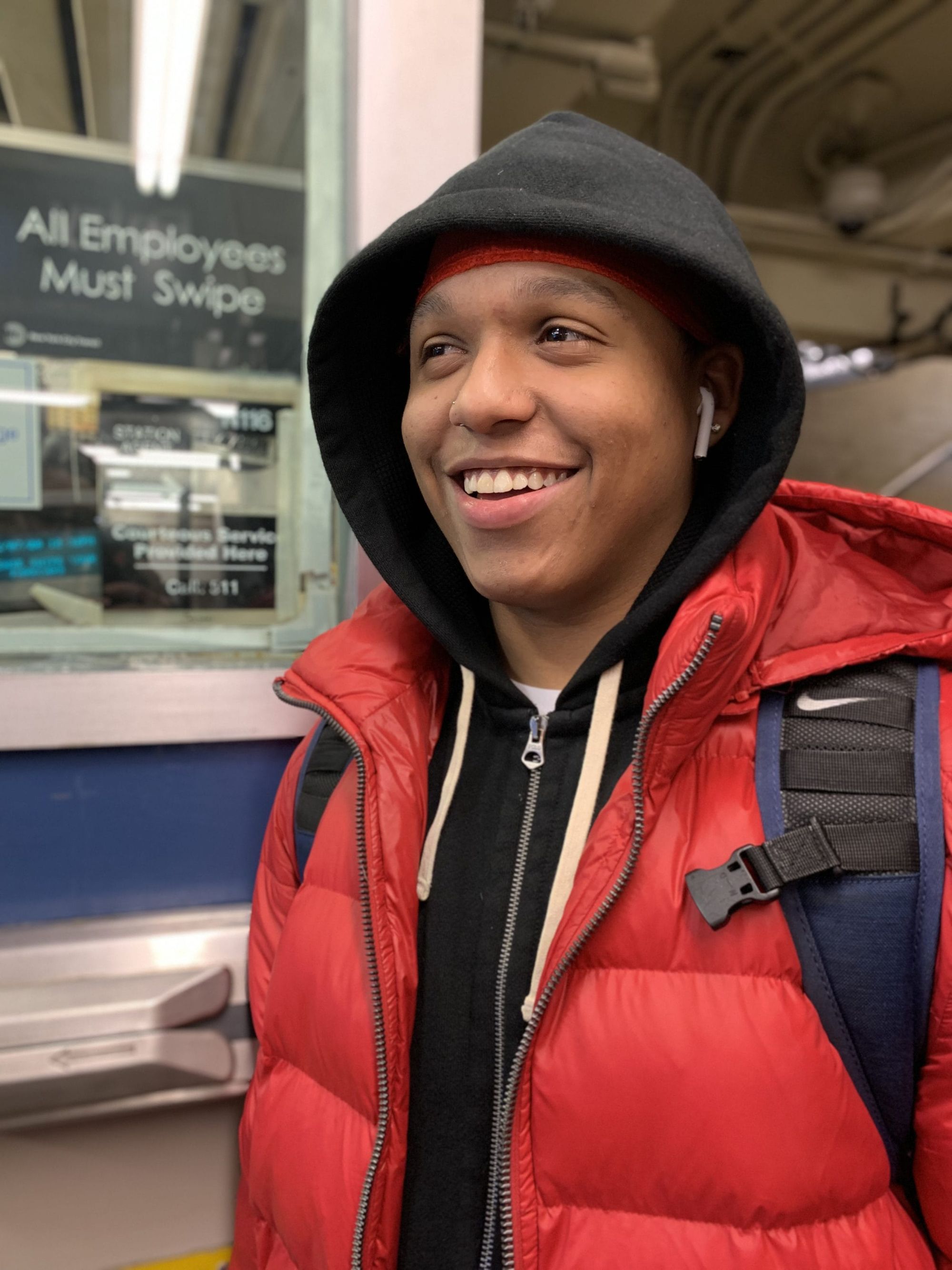
A young man named Enrique uses the Nostrand Avenue Station three times a week, and says the station can get incredibly crowded. On a recent rainy day, commuters were running up and down the station stairways. “It was a lot of nonsense,” he said. New entrances would help people get in and out more easily, he thinks.
“I am delighted to stand with the MTA, Senator Montgomery and our community partners to announce the much-anticipated re-opening of the second exit at the Nostrand Avenue AC train station,” said Assembly Member Tremaine S. Wright, who advocated for the reopening of the entrances and secured funding for it.
“The entrances will provide the station with a direct connection to the northbound B44 Select Bus Service, reduce crowding as trains depart from the station, provide a free in-station transfer between the northbound and southbound platforms, and better connect the station with destinations west of Arlington Place,” MTA said in a statement. “The entrances, at the northeast corner and southeast corner of Bedford Avenue and Fulton Street, are more than 1,000 feet to the west of the currently open entrances at the corners of Fulton Street and Nostrand Avenue.”
The project is expected to take less than a year and cost $2 million, of which $1.25 million will come from MTA New York City Transit, $500,000 from Assembly Member Tremaine Wright and $250,000 from Senator Velmanette Montgomery.
MTA employees will scrape and repaint the closed-off areas of the station, repair and replace tile, rehabilitate stairways, install lighting and turnstiles. On the sidewalk level, workers will install sidewalk entrances in accordance with New York City Transit design standards.
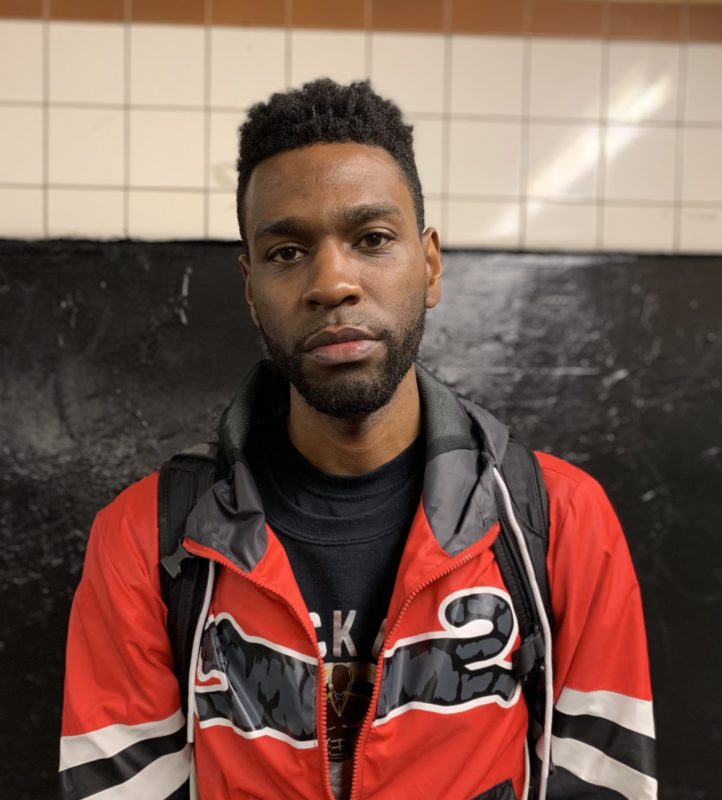
Rapper Derek has used the station for his entire life — he’s 32 now. It’s crowded, he said, but it’s not different from any other station. “It’s New York,” he said. Getting up and down the stairs, a frequent pain for commuters, isn’t a challenge to him. “I’m used to it. [I’m] Brooklyn-born and -raised.”
When we asked the commuters if they felt the MTA could do better to maintain the station, there was no doubt in their minds.
“Just trying to clean on a more regular basis, trying to fix the signs — the signs get beat up,” Hannah said.
Derek thought they could clean more, too. “This place is not a port-o-potty, if you get what I’m saying,” he said.
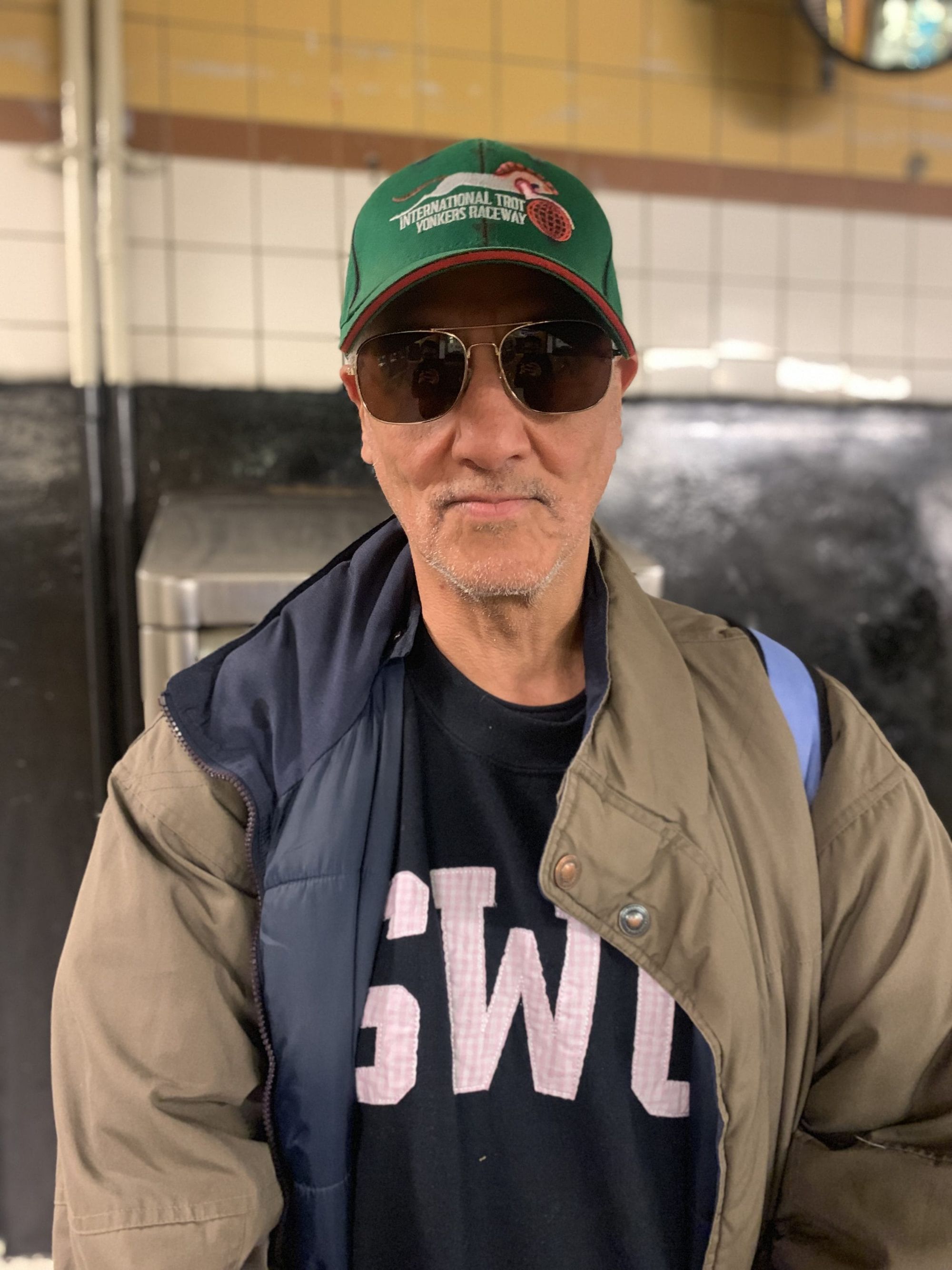
The station “could be much cleaner,” Nathaniel said. “That’s almost a no-brainer.”
Enrique was a bit more resigned – “It’s a train station, you know? It’s really not [going to get] better.”




